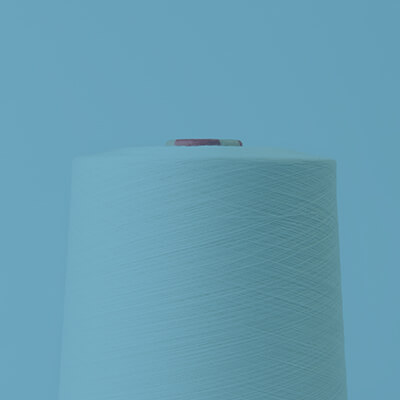COTTON UNIVERSITY™ Program
Teaching Resources
The COTTON UNIVERSITY™ program offers additional teaching resources from CottonWorks™ and Cotton Incorporated exclusively for university and college faculty members teaching fiber, fabric, and fashion-related courses.
Cotton x College Webinar Series
Build expertise and expand your knowledge beyond the virtual classroom with the Cotton x College Webinar Series presented by CottonWorks™. In these webinars, you’ll grow in your general knowledge about cotton and get insight from industry professionals on your future career in textiles and apparel.
Yarns 101
A textile yarn is a continuous strand of staple or filament fibers arranged in a form suitable for weaving, knitting, or other forms of fabric assembly. Yarn is also a textile product of substantial length and relatively small cross-section consisting of fibers with twist and/or filaments without twist.
This booklet discusses how yarns are formed, fiber preparation and spinning for cotton and blends of cotton, the production of synthetic filaments, steps in the processing of cotton and cotton/synthetic blended spun yarns, and the various spinning systems used. Emphasis is placed on the influence of the yarn on fabric properties and performance.
Weaving 101
Woven fabrics are unique because of their extremely wide range of applications. Wovens are a key element of the apparel, home, and industrial fabrics industries. This booklet covers the preparation of the warp yarns for weaving, the basic motions of a weaving machine, and basic woven designs.
Printing 101
Textile printing is the most important and versatile of the techniques used to add design, color, and specialty to textile fabrics. It can be thought of as the coloring technique that combines art, engineering, and dyeing technology to produce textile product images that had previously only existed in the imagination of the textile designer.
Dyeing 101
Color is an extremely important aspect of modern textiles. The color of a textile product is a major factor in the marketing and use of that product and can be used to differentiate groups of people such as uniforms used for athletic teams, hospital personnel, or military organizations. Color can also be functional such as camouflage or protective uniforms. However, in the modern retail store, the color of textile products is a major contributor to what is referred to as fashion.
Cotton Classification
Cotton classification refers to the application of official standards and standardized procedures developed by USDA for measuring the physical attributes of raw cotton that affect the quality of the finished product and/or manufacturing efficiency.
This booklet outlines the classification standards and processes.
Words to Grow By
From pre-planting to ginning, this booklet covers cotton production terminology on the field level, giving a better understanding of the growth of cotton fiber.
Looking for a digital version? Use our interactive cotton production dictionary on CottonWorks™.





